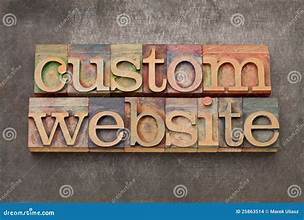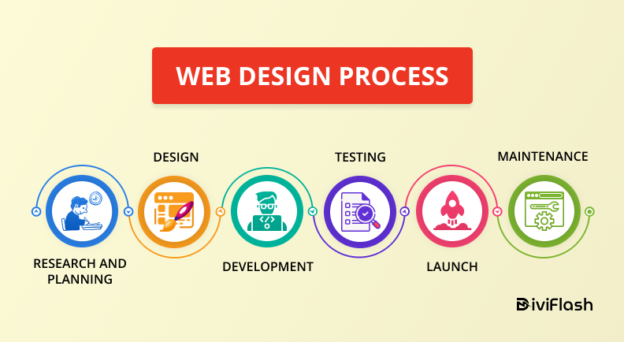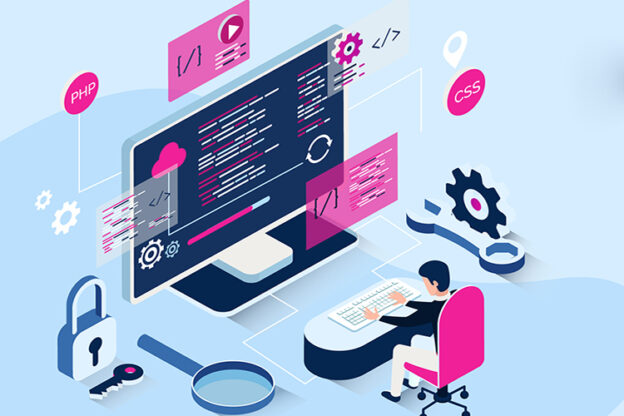The holiday season is one of the most critical times of the year for businesses. If you want your brand to stand out, a strategic digital approach is essential. With the expertise of a digital agency in Mauritius, your brand can reach new heights and attract holiday shoppers effectively.
Why Work with a Digital Agency for the Holidays?
Collaborating with a digital agency in Mauritius offers a range of benefits for your brand. An agency can bring expert knowledge, technology, and strategic insights to create impactful holiday campaigns. They understand the latest trends and know how to craft unique digital experiences that capture your audience’s attention.
An effective digital strategy during the holidays requires more than just advertising. It involves reaching potential customers with messages that resonate, using the right platforms and tools.
Start with Holiday-Themed Website Content
A crucial aspect of holiday marketing is updating your website with festive, relevant content. A digital agency in Mauritius can help with this by optimizing your website for holiday searches and adding seasonal elements that appeal to shoppers.
Consider creating holiday-specific landing pages, adding gift guides, or creating seasonal blog posts. Adding keywords like “holiday shopping Mauritius” or “Christmas gifts Mauritius” can help increase your website’s visibility during this season. The right agency will ensure your website stands out, attracts holiday traffic, and keeps visitors engaged.
Boost Your Social Media Presence
Social media platforms are powerful tools during the holidays. People are searching for deals, gift ideas, and inspiration, making it the ideal time to enhance your brand’s presence online. A digital agency in Mauritius can create eye-catching holiday-themed posts and campaigns that highlight your products or services.
Focus on visuals and festive messaging that capture the holiday spirit. Interactive content, like contests or polls, can also help increase engagement. When paired with hashtags like #ChristmasInMauritius or #HolidayShoppingMauritius, your posts will reach a broader audience and attract more potential customers.
Email Marketing: Reaching Customers Directly
One of the most effective ways to connect with customers during the holiday season is through email marketing. A well-crafted holiday email can remind customers of your brand, showcase seasonal offers, and encourage purchases. A digital agency can design and execute email campaigns that are tailored to the Mauritian market, including local language and seasonal imagery.
Include holiday keywords in your email content, like “special offers Mauritius” or “festive discounts Mauritius,” to capture attention. Personalized messages, holiday greetings, and exclusive discounts help build loyalty and encourage immediate action.
Optimize Your Website for Mobile Shoppers
During the holiday season, many shoppers browse and buy on their mobile devices. Ensuring that your website is mobile-friendly is essential. A digital agency in Mauritius can help make sure your website is optimized for mobile users, offering a seamless experience from browsing to checkout.
This includes responsive web design, fast load times, and easy navigation. When mobile users find it easy to browse and shop on your site, they’re more likely to complete a purchase, increasing your holiday sales.
Utilize SEO to Drive Organic Traffic
Search engine optimization (SEO) is a powerful tool to attract organic traffic, especially during the holidays when people are searching for gift ideas and seasonal items. By working with a digital agency, you can ensure your website ranks well for keywords like “holiday shopping Mauritius” or “Christmas deals Mauritius.”
Optimizing content, meta descriptions, and titles for seasonal search terms can make a significant difference. A well-optimized website will naturally attract more visitors, helping boost your holiday sales.
Get Ready for a Successful Holiday Season
With a strong digital strategy, your brand can stand out this holiday season. A digital agency in Mauritius can provide expert guidance and resources to ensure your campaigns are successful. From social media to SEO, their comprehensive approach will make your brand shine during the holidays.
Ready to elevate your brand this Christmas? Contact us today and let’s create a holiday strategy that drives sales!










